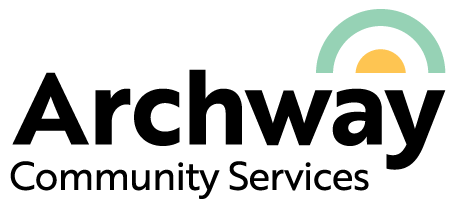
On Wednesday, March 7th, Alison Gutrath shared the successes of our In It Together program at the Summit on Gun and Gang Violence in Ottawa, hosted by the Ministry of Public Safety. As the community coordinator of In It Together, she works with an integrated team to disrupt the flow of young people into organized crime or gangs.
In It Together (IIT) is an Abbotsford Community Services (ACS) program that works with the John Howard Society, the Abbotsford Police, and the school district to support youth and their families with resisting or leaving gangs.
This is an extreme case, but at the end of the day, he is alive, no longer dealing and not in jail.
Since the program began in 2013, staff have provided prevention, intervention and re-entry support to 355 young adults ages 12 – 30 and over 1,000 family members. Participants usually spend more than a year in the program and there have been over 15,000 hours of one-to-one youth outreach work.
Alison’s speech highlighted some of the individual success stories of participants. In one case, a youth who had been exposed to domestic violence and trauma had started dealing drugs. After his entire family worked with the program, he was ultimately advised to relocate for his own safety. “This is an extreme case, but at the end of the day, he is alive, no longer dealing and not in jail,” says Gutrath.
We’re in a peak time for gang violence. Changing attitudes and risk factors for youth along with community perceptions in the shorter term, can lead to reduced gang activity in the long term.
Another participant was supported after he finished his sentence for gang-related crimes and was able to obtain his GED, find employment and housing. Now a parent, he gives complete credit to the program for helping him avoid getting roped back into gang life. Overall, formal evaluations have shown a 54% decrease in total risk scores among participants.
Alison acknowledges that there is still a lot of work to be done around the Lower Mainland gang conflict. “We’re in a peak time for gang violence. Changing attitudes and risk factors for youth along with community perceptions in the shorter term, can lead to reduced gang activity in the long term.”
The client base for In it Together is largely South Asian (64%) and Aboriginal (22%). Several staff members are fluent in Punjabi so they can offer culturally-specific support to youth and family members. Aboriginal youth in the program are also supported as needed through the Youth Resource Center of ACS.
“Our successes are when young adults don’t make the news for crime and we measure positive actions such as finishing high school, staying out of jail and changing attitudes towards gangs.”
A common concern in presentations and round table discussions at the summit was the lack of sustained funding for several prevention programs across Canada. While the federal government announced $327.6 million in funding for anti-gun and gang initiatives in November 2017 at a Surrey press conference, the process for applying for the funding has been unclear. Currently, In It Together, has not secured funding to continue after the five year mark in September.
“September is our busiest time as youth go back to school and even a small interruption in our services will set us back considerably,” said Gutrath. In the meantime referrals are still being accepted and staff are supporting youth and families to meet their goals over the next 6 months.
Gutrath is hopeful the summit has reinforced the importance of preventative measures like the In It Together program. As Bill Blair, the former Toronto police chief who is now the Liberal MP for Scarborough Southwest said, “What we’ve learned from the past is you can’t just arrest your way out of the problem.”
Photo credit: Don Gutrath Photography
Our successes are when young adults don’t make the news for crime and we measure positive actions such as finishing high school, staying out of jail and changing attitudes towards gangs.
What we’ve learned from the past is you can’t just arrest your way out of the problem.
